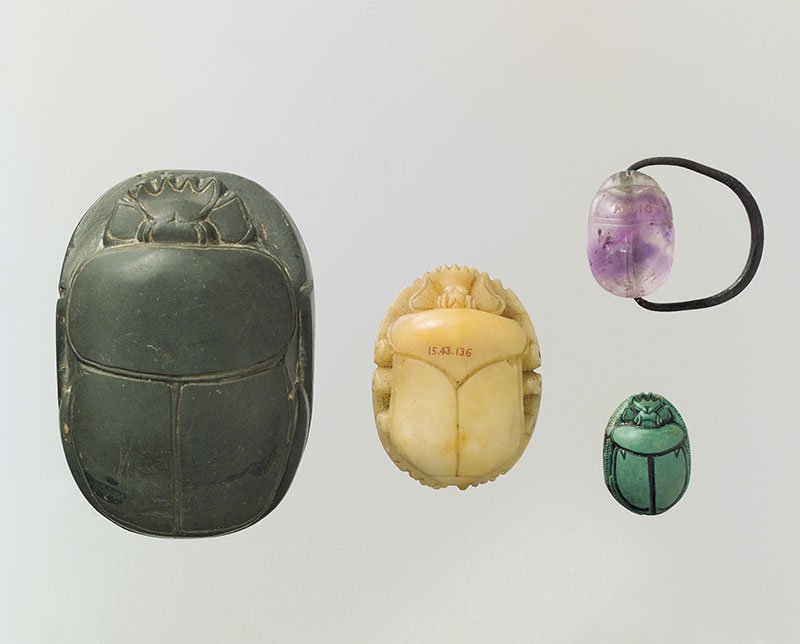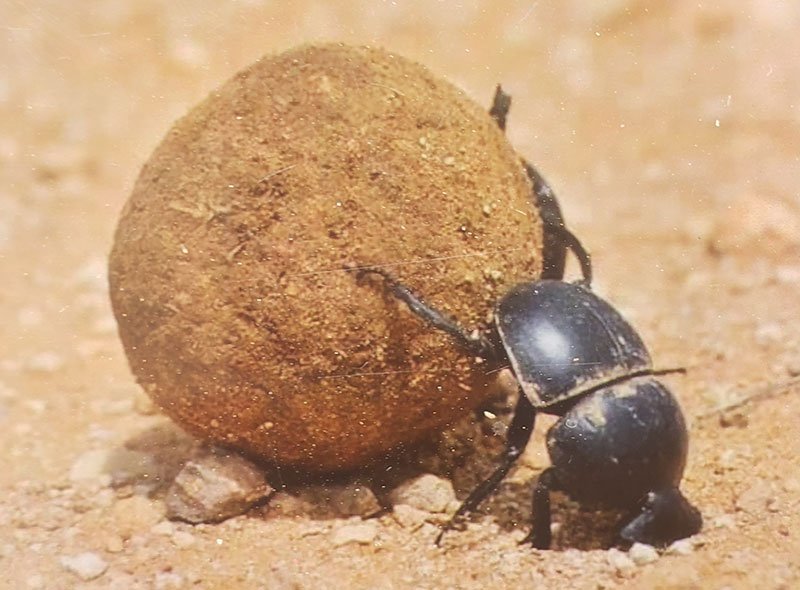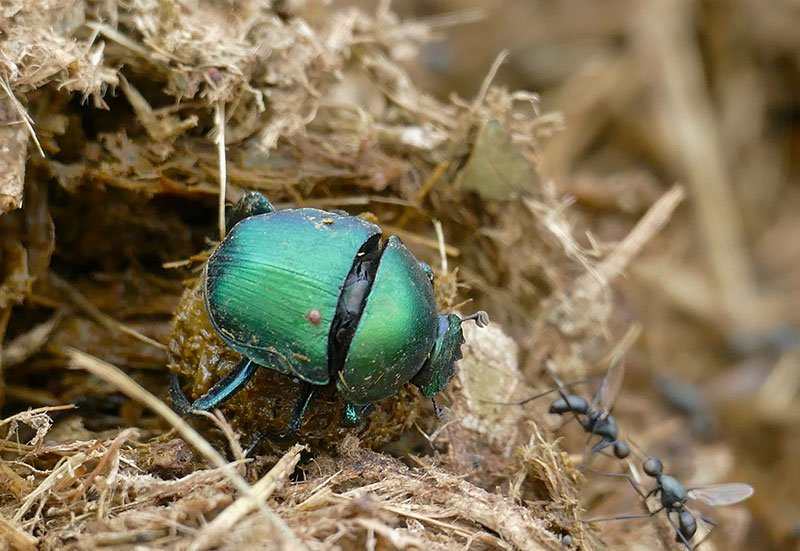Gross and Glorious: Dung Beetles!
Bernard DUPONT from FRANCE, CC BY-SA 2.0, via Wikimedia Commons
Did Eden include things that are, well, gross? This is an interesting question, because our perception of something as disgusting doesn’t necessarily mean it is bad. In fact, there are all sorts of things in creation that do gross jobs that are essential for the environment and might even have been essential in an unfallen world!
Did Eden include things that are, well, gross? This is an interesting question, because our perception of something as disgusting doesn’t necessarily mean it is bad. In fact, there are all sorts of things in creation that do gross jobs that are essential for the environment and might even have been essential in an unfallen world!
A plumber has a famously dirty job, and in the animal kingdom, the dung beetle has the job of taking care of waste. Dung beetles live in all sorts of habitats: whether desert, forest, or savanna, there is a dung beetle species that calls that place home! They’re found on all continents but Antarctica.1
Dung beetles use their sensitive sense of smell to find fresh dung—they have to get to it before it dries out. Some dung beetles roll up balls of dung—up to 50 times their weight!—and transport them to be used as a food source or a place to lay eggs. When the larvae hatch, they eat the dung. Others simply bury it where they find it.2
There’s an obvious benefit to having dung beetles around—something has to process animal waste so that the nutrients get back into the ground, and dung beetles improve soil quality when they break up the soil to bury animal waste. They even help to disperse the seeds that are often found in animal dung! Dealing with dung also helps control harmful insects that gather around dung, like flies. In some parts of Texas, dung beetles bury 80% of cow droppings! In Australia, African dung beetles were imported to deal with cow droppings because the forest species native to Australia couldn’t cope with the amount of cow droppings the imported cattle population produced.3
God probably created the dung beetle with this function. Think about it—animals would have eaten plants and created waste in an unfallen world. There would have needed to be a “very good” solution to clean up and redistribute the nutrients in this waste. And God provided creation with one—the dung beetle!
Footnotes
- San Diego Zoo Wildlife Alliance Animals and Plants, “Dung Beetle,” accessed October 23, 2023, https://animals.sandiegozoo.org/animals/dung-beetle.
- San Diego Zoo, “Dung Beetle.”
- San Diego Zoo, “Dung Beetle.”
- © 2024 Answers in Genesis
- Privacy Policy
- Contact
- About



